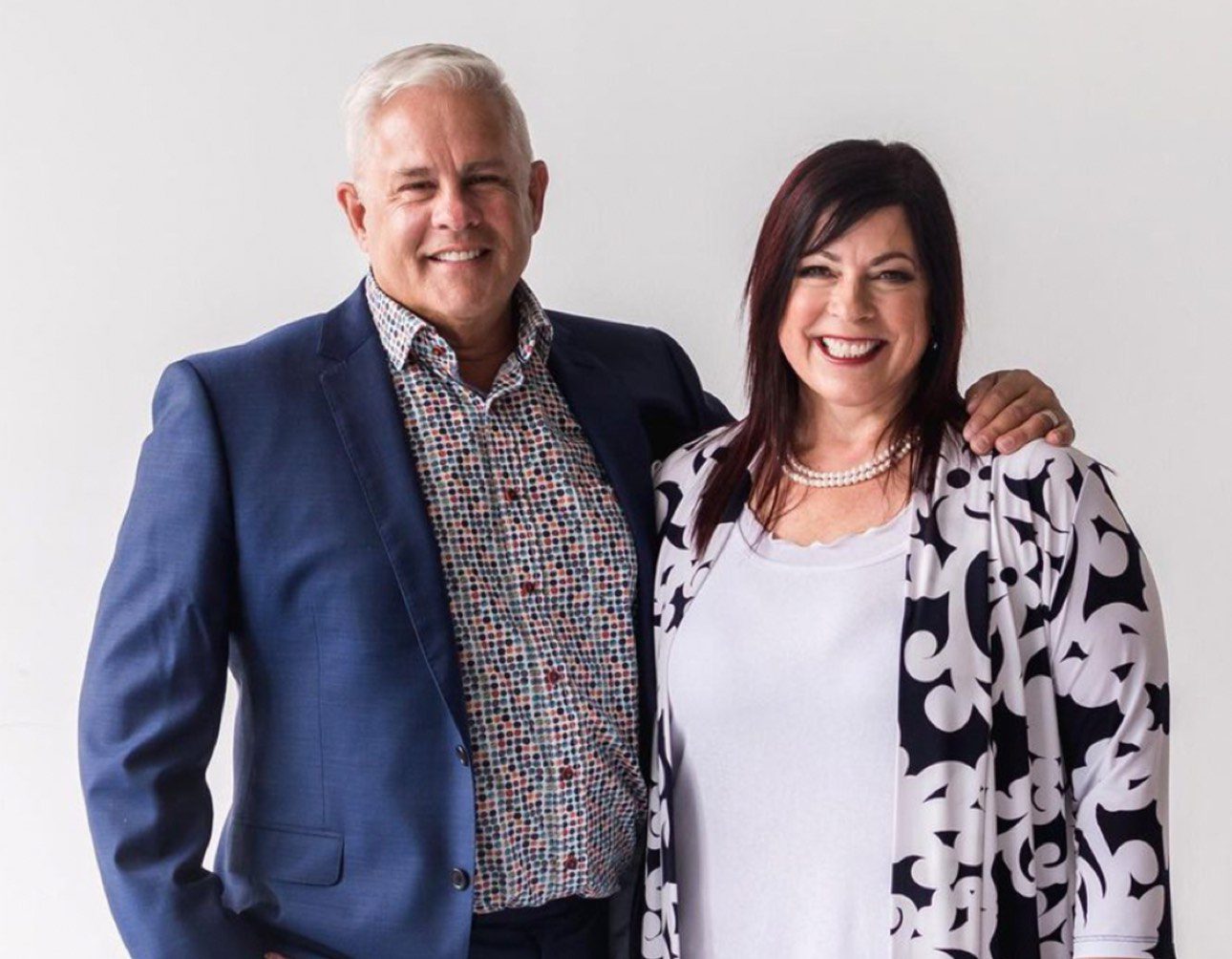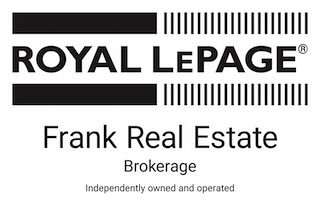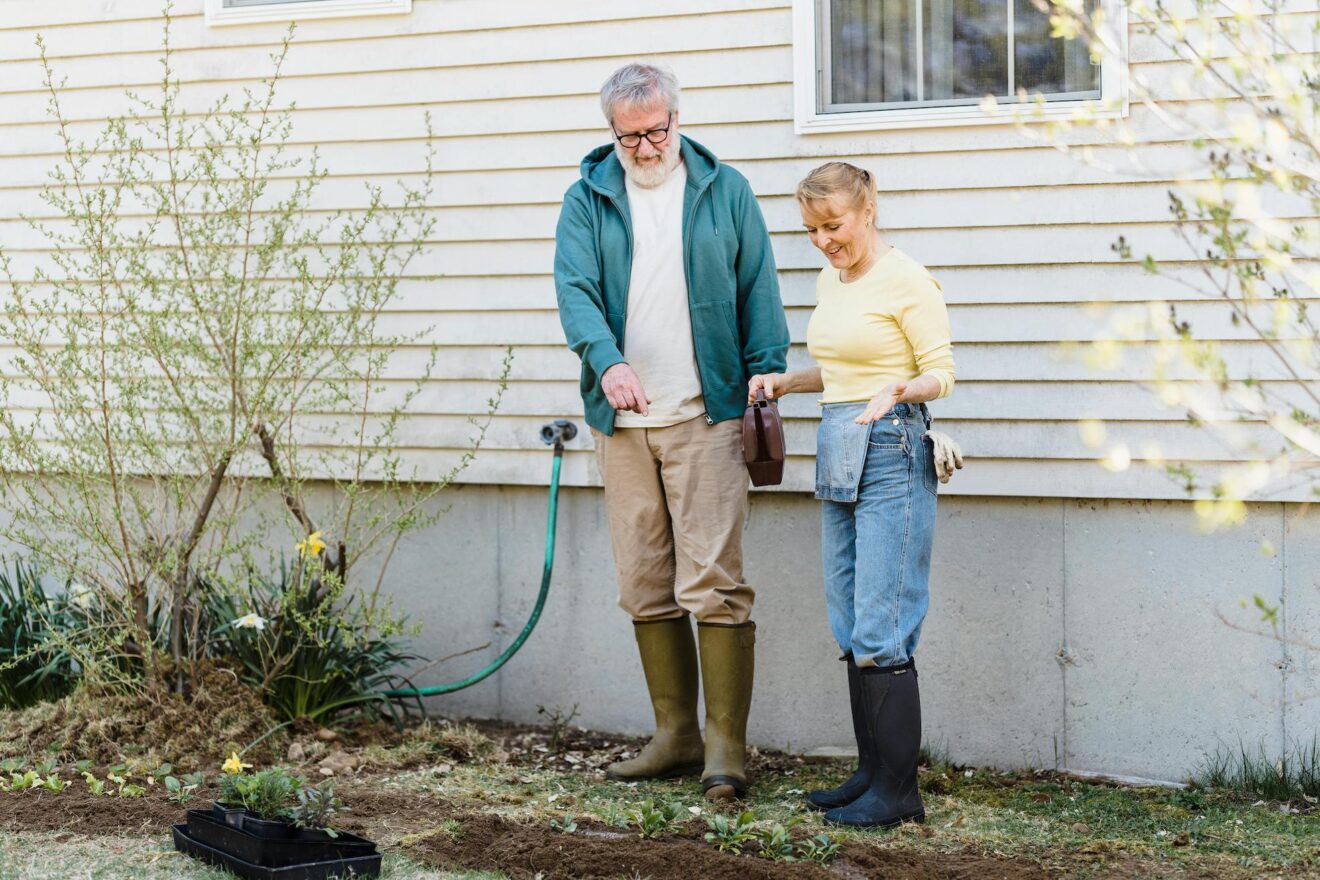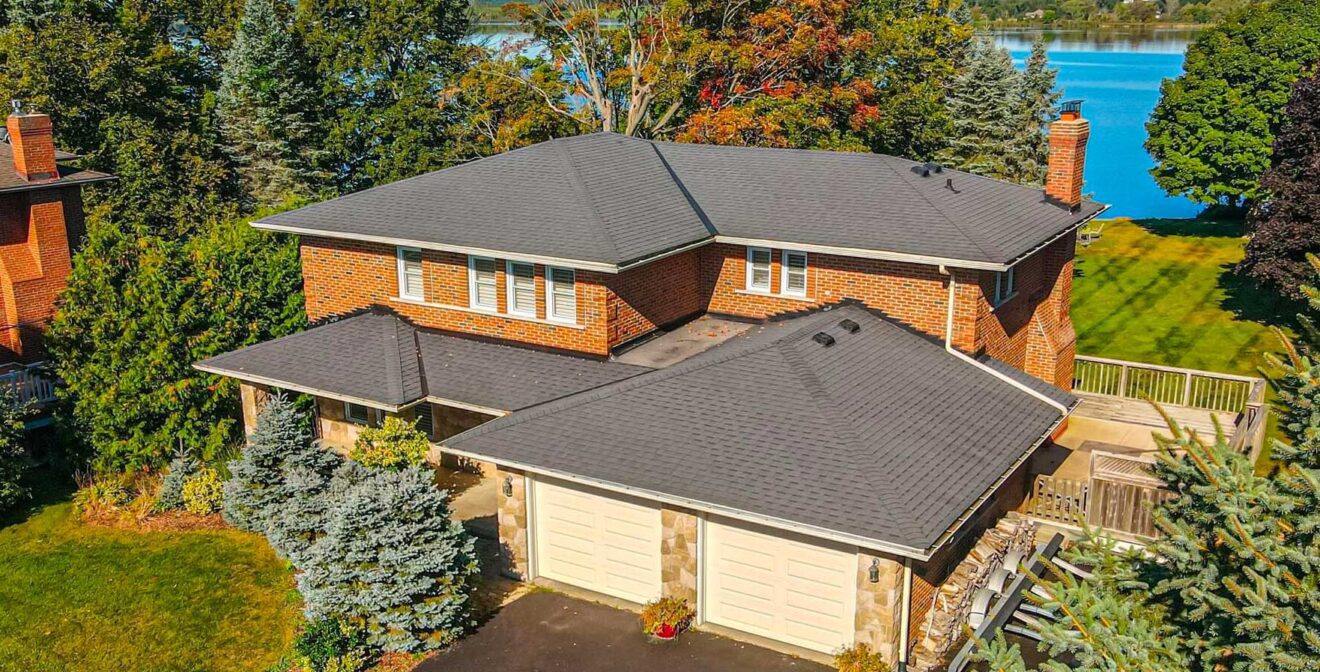Owning a house is one of the incomparable joys in life, providing both emotional and financial stability. No matter what happens in the world outside, you always have a place that you can call your own.
However, maintaining a large property can also become cumbersome as you get older or when an illness or disability comes into the picture. If it gets to be too much, you may decide to sell the home in favour of something smaller or a community where you can find the support you need.
This brings up an entirely new conundrum. How can you go about getting your house ready for the market when dealing with a disability? In this post, we’ll provide the resources and tools you need to help maximize your results regardless of the challenges you may face.
What Are the Implications of Selling Your House With a Disability?
One of the first questions you may ask is whether you will lose any disability benefits if you sell your house, especially if you have significant equity built up over time. While you must have less than the approved provincial amount in assets to qualify for ODSP (Ontario Disability Support Program), your primary residence is exempt.
If you own a secondary income property, you would likely not qualify for assistance in the first place–unless that second home was necessary for a caregiver. Any property you own beyond your primary residence or that used for your well-being could impact your ability to qualify for benefits, unless you can show that you’re making reasonable efforts to sell.
While there may be implications regarding any ODSP you’re entitled to, recipients of the Canada Pension Plan Disability Benefits can generally rest easy when selling real estate. Your primary residence is once again exempt from any penalty. If selling an income property, you may pay capital gains on any increases in the value of the house, but this isn’t typically regarded as employment income.
Accessibility is often another concern when selling your property, especially if you have equipment like a stair glider or porch lift. Trying to live in and show the home can be even more stressful when dealing with all of these extra details. Fortunately, there are Realtors® trained in special needs situations who can ease your transition throughout each step.
Do you plan on downsizing your home after your sale? The posts below can give you some ideas for your next steps:
- Should You Use an SRES® Agent When Downsizing in Peterborough?
- Is It Time To Leave Your Home For Senior Living Options?
- Dreaming of Retiring on the Waterfront? The Kawarthas Are Calling!
Rely On Your Network
The worst way to sell a home is to try to do everything yourself while relying on Google and word of mouth to get the latest news about the real estate market. When you have a disability, it’s even more critical to lean on your support network to make the most from your selling experience.
The best help you can get comes from a mix of professional contacts along with friends and family members. Having plenty of support will make your transition as stress-free as possible.
A great place to start your selling process is by creating a list of people that you can reach out to for advice or practical assistance. If you don’t yet have a network, you could contact a real estate agent known for their expertise in dealing with sensitive situations.
They can then put you in touch with every other service you will need for a seamless transaction. Once you see how many resources you have access to, you can move forward with more peace of mind and confidence.
Mapping Out Your Future
Moving out of a home that you’ve lived in for several years can be an overwhelming experience. However, it can also be an adventure you look forward to, like the next chapter in a riveting book! The difference is in having a plan mapped out from the beginning. Before your listing hits the market, ask yourself the following questions:
- When do you want to sell your home?
- Where do you plan to go afterwards?
- What type of residence do you want to live in?
- What nearby amenities and support systems will you need?
Remember that you aren’t just planning for the next few months. By considering the long term, you can find a solution that will fit your needs for years to come.
Remodel or Sell As-Is?
Selling a house is simple on paper, but there are several ways to go about the process. One of the first critical decisions to make is how to prepare your home prior to listing it on the market.
- You could invest in a complete remodel. This takes time and a significant amount of effort, but the financial payoff can be substantial.
- You could save all that time and effort by selling your house as-is. You may sacrifice some of the potential value from the sale, but you get the process over with quickly.
For many clients, the best path forward will fall somewhere in the middle of those two extremes. If you can afford to wait, it is usually best to make a few updates before listing your home.
A complete, top-to-bottom overhaul may be too overwhelming to think about. However, investing in a few minor repairs and upgrades can still leave you with more funds in your account once your transaction closes. And remember, you don’t have to tackle any of these projects on your own.
Be Prepared to Dazzle
Whether you decide to go all out on home renovations or to keep things simple, you want your house to make an instant and positive first impression on everyone who comes to see it. Once your home is prepped and staged, the next step is to arrange for professional photography and videography that will capture buyer interest from far and wide.
Every listing is different and will require a unique approach to get it ready for the market. However, this strategy will typically involve all or most of the following elements:
- Clean, declutter, and organize. If nothing else, buyers should always be welcomed by a spotless home with no distractions.
- Add a fresh coat of paint throughout your home. This is one minor investment that almost always pays off. Light or neutral colours can even enhance the perception of space in your home.
- Make minor repairs. A full remodel may be unnecessary, but minor upgrades like fixing nail holes and replacing grungy silicone will help to impress prospective buyers.
- Emphasize the outside. Many people dream of spending time entertaining friends or relaxing on the front porch and in the backyard. Keeping these areas clean, well-maintained, and adding a few tasteful decor pieces can make your home appealing even before a buyer walks in.
Willows Realty Group specializes in helping seniors and those with special needs. Learn more about our services right here.
Choosing Your Realtor®
Today’s real estate market is more complex than ever, and the need for professional guidance and expertise has never been greater. When dealing with a disability, you will depend on your Reator® to handle all of the fine details of the sale for you.
There are real estate teams who offer a high level of service. You can rely on them for excellent advice and support to keep you on the right track. And then there are full-service teams.
Services like Willows Realty Group don’t just tell you what you have to do to make the most of your sale in a challenging market. We take care of it for you, from making the initial home preparations to facilitating the closing process. Maximum support, care and compassion combined with a high level of knowledge is the perfect recipe for a seamless and stress-free transition.
Do you have any special considerations or challenges when selling your home? We are here with the compassionate and confidential support you need. Reach out today to team@willowsgroup.ca or call 1.888.926.2066 with any questions.

Stay connected to the market.
Sign up to our digital newsletter community.








